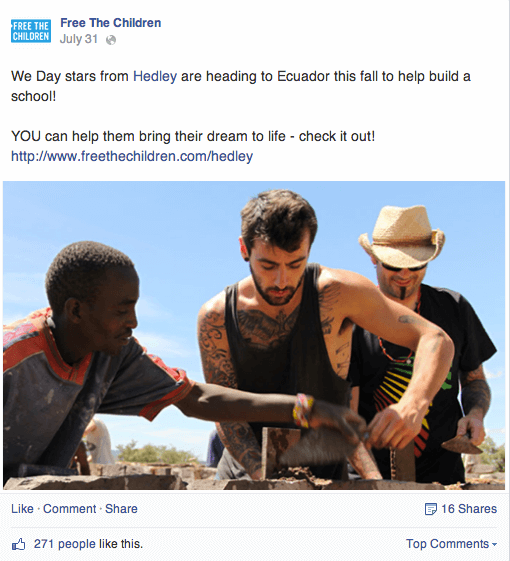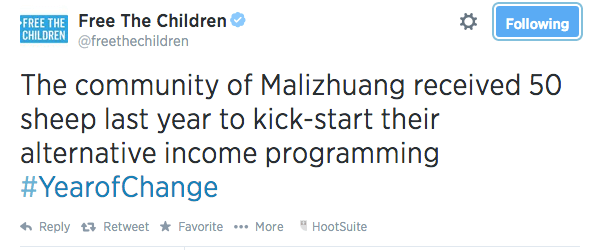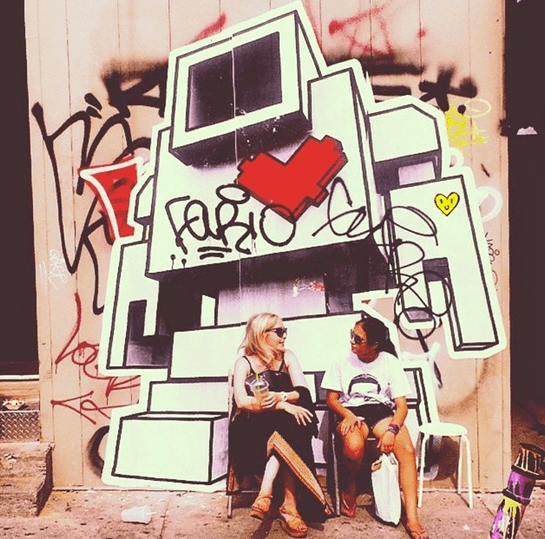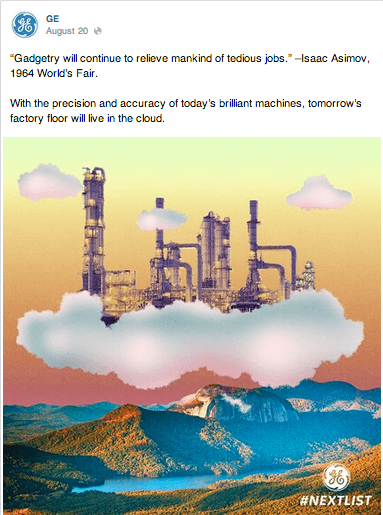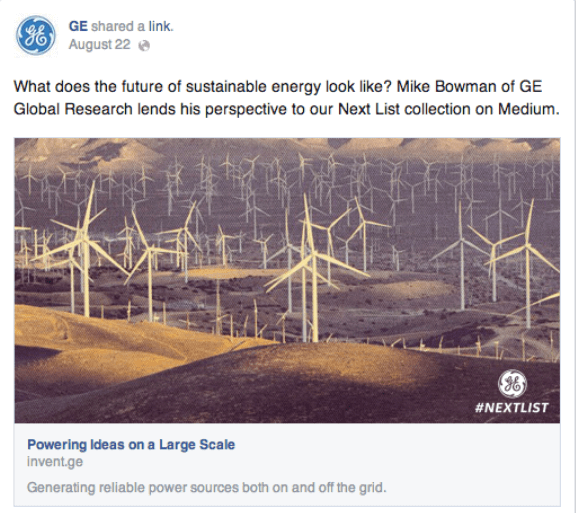
In an earlier article, we wrote about how brand filters help organizations manage their brand assets and brand behaviour. Today, we look at how these brand filters drive the creative direction and content of your brand’s social media presence.
To recap, “brand filters” are a series of key words—no more than three or four— that describe the essence of your brand, your personality, your beliefs and values. While these words don’t necessarily have to be a part of your public-facing communications, they should be internal guidelines that represent what you stand for.
Across the internet, there’s no shortage of articles helping you understand how to achieve visual consistency on social media, but any savvy marketer knows that a strong brand is about more than just how a company appears—it’s also how it acts, sounds, and provides value.
In this post, we’ll look at examples of organizations and nonprofits that effectively communicate on social media because their content and creative is guided by their brand filters (not too mention; there are some great ideas and sources of inspiration here as well).
1. Free the Children | Brand Filter: INSPIRE
Free the children is one of the largest charities in the world, and although the non-profit is headquartered in Toronto, you wouldn’t know it from looking at their social media channels, which capture stories from all over the world. Looking at the charity’s social feeds, it’s clear that one of their brand filters must be “inspire,” since so much of their micro-content is about inspiring people to make a positive change. Rather than presenting a daunting picture of poverty or inequality, Free the Children instead focuses on inspiring volunteers and donors to be part of the change:
Takeaway: Design micro-content that both tells your organization’s story AND highlights its achievements. Present a story of impact and change that will inspire people to get involved and rally behind your cause.
2. Love Bot the Robot | Brand Filter: LOVE
LoveBot the Robot is a Toronto outdoor art experiment created by OCAD graduate Matthew Del Degan. In 2013, Degan placed 100 cement robots with red hearts throughout the city. The robots were a way of expressing the juxtaposition between Torontonian’s rough exterior and our warm hearts. The project is also a way of spreading the message of love and kindness throughout a city that has been dubbed a concrete jungle.
In 2014, an army of love bots started appearing throughout the city in the form of stickers, wheatpastes, and murals. Today, LoveBot the Robot has taken on a second life online, captured and shared by thousands across Instagram and Twitter—and its presence has expanded beyond the scope of Toronto, with LoveBot paraphernalia spotted throughout the world.
Above 3 images via @LoveBottheRobot on Instagram
Takeaway: find a highly visual image or symbol that communications one of your brand filters and make it go viral in real-time with some creative guerrilla marketing. Make your message so compelling people will want to share it.
3. GE | Brand Filter: INNOVATE
Take a look at any of General Electric’s (GE’s) public-facing communications and you’ll understand how “innovation” must be one of their brand filters. Across digital touch-points, GE’s content/ creative is guided with a message of innovation as it pertains to sustainability, invention, and technological innovation:
This message of innovation is echoed in the brand’s tagline, “imagination at work.” From the curated content shared to Facebook and Twitter to the posts published on the GE brand blogs, GE is all about positioning themselves as thought-leaders on the innovation front.
Takeaway: Choose one brand filter to light the path of your social media strategy and allow it to shine through on various touch-points and in different facets of your company’s mission.
** We are using the term micro-content the same way as writer Gary Vaynerchuk has discussed it, to describe content created natively for the platform it lives on, with respect to the nuances of usage and user behaviour.


